Table of Contents
Introduction: A Journey Through Relativity
One of the most compelling consequences of Einstein’s special relativity is time dilation, a phenomenon showcased by the thought experiment known as The Twin Paradox. This scenario describes two identical twins: one stays on Earth while the other travels through space at near-light speeds. Upon reuniting, the traveling twin has aged less than the sibling who remained on Earth. This outcome may seem counterintuitive because motion appears relative; each twin could argue the other was moving. However, special relativity explains this discrepancy through the role of acceleration. The traveling twin changes direction and experiences acceleration, breaking the symmetry between the two. This introduces measurable effects that cause the traveling twin’s clock to tick more slowly.
This phenomenon isn’t purely theoretical; real-world experiments confirm its validity. A notable example is NASA’s study of twin astronauts Scott and Mark Kelly. Scott spent nearly a year aboard the International Space Station, moving at high velocities relative to Earth. When he returned, he had aged about 8.5 milliseconds less than his twin, a measurable demonstration of time dilation consistent with The Twin Paradox. Similarly, particle accelerators show that fast-moving muons, which typically decay in microseconds, last significantly longer when moving at relativistic speeds. These experiments support Einstein’s predictions, confirming that time dilation is an observable reality in our universe.
Einstein’s Special Relativity: The Foundation of the Paradox
Albert Einstein’s special relativity, introduced in 1905, revolutionized physics with two groundbreaking postulates. First, the laws of physics are identical in all inertial frames of reference. Second, the speed of light in a vacuum is constant for all observers, regardless of their motion. From these principles, the Lorentz transformation equations were developed, providing the mathematical basis for time dilation. This is expressed as:
t’ = t / γ, where γ = 1 / sqrt(1 – v^2/c^2)
Here, t’ represents the dilated time experienced by the traveling twin, v is the spacecraft’s velocity, and c is the speed of light. The Twin Paradox uses this framework to illustrate how a twin traveling at near-light speeds will age slower than the one who remains on Earth.
The implications of this theory extend beyond hypothetical scenarios. For instance, GPS satellites must account for time dilation effects due to their high velocities and the weaker gravitational field in orbit. Without correcting for these relativistic effects, GPS systems would quickly become inaccurate. Additionally, experiments with fast-moving particles, like muons in particle accelerators, show that they decay more slowly than stationary muons, confirming predictions made by special relativity. These real-world applications validate Einstein’s theory and the conclusions drawn from The Twin Paradox, demonstrating that time dilation is not just theoretical but an observable aspect of our universe.
Time Dilation and Proper Time
In special relativity, time dilation explains why a moving twin ages slower than their Earth-bound sibling. Consider a spacecraft traveling at v = 0.8c to a star system 4 light-years away. For observers on Earth, the round trip takes t = 2d/v = 2(4 light-years)/0.8c = 10 years. However, the traveling twin experiences time differently due to their high velocity. Using the time dilation formula, t’ = t * sqrt(1 – v^2/c^2) = 10 * sqrt(1 – 0.8^2) = 6 years. This calculation shows that the traveling twin ages 6 years, while the Earth twin ages 10 years. The Twin Paradox illustrates how relative motion leads to measurable differences in experienced time.
This thought experiment has practical parallels in real-world physics. For example, muons produced in Earth’s upper atmosphere travel toward the surface at near-light speeds. Despite their short half-life, many muons reach the ground because time dilation extends their lifespan from the perspective of Earth-bound observers. Similarly, astronauts on high-speed space missions experience less aging compared to those on Earth, as demonstrated in the case of Scott Kelly, who aged slightly less than his twin, Mark, after spending a year aboard the International Space Station. These examples confirm predictions made by special relativity and reflect the same principles demonstrated in The Twin Paradox.
Minkowski Spacetime: The Geometry of Time
Hermann Minkowski’s geometric interpretation of spacetime provided a foundational framework for understanding special relativity. He proposed that space and time are interconnected dimensions within a four-dimensional continuum known as spacetime. In this model, the interval between two events is invariant, meaning it remains the same for all observers, regardless of their relative motion. The proper time, or the actual time experienced by an observer, is calculated along their worldline using the formula:
Δτ = ∫ sqrt(1 – v^2/c^2) dt
In The Twin Paradox, the traveling twin’s path through spacetime is shorter due to high velocity, explaining why they age less. The geometric structure of spacetime reveals that time dilation results from the curvature of an observer’s worldline.
This concept is illustrated in spacetime diagrams, where the Earth-bound twin follows a straight, vertical worldline, while the traveling twin’s path is slanted due to motion. The longer the worldline, the more proper time an observer experiences. Experiments like muon decay in the atmosphere and high-speed particle accelerators validate Minkowski’s interpretation. Muons traveling near light speed experience less proper time, allowing them to reach the Earth’s surface. These real-world examples confirm the geometric principles of spacetime, supporting the conclusions drawn from The Twin Paradox and further solidifying the relationship between motion and time.
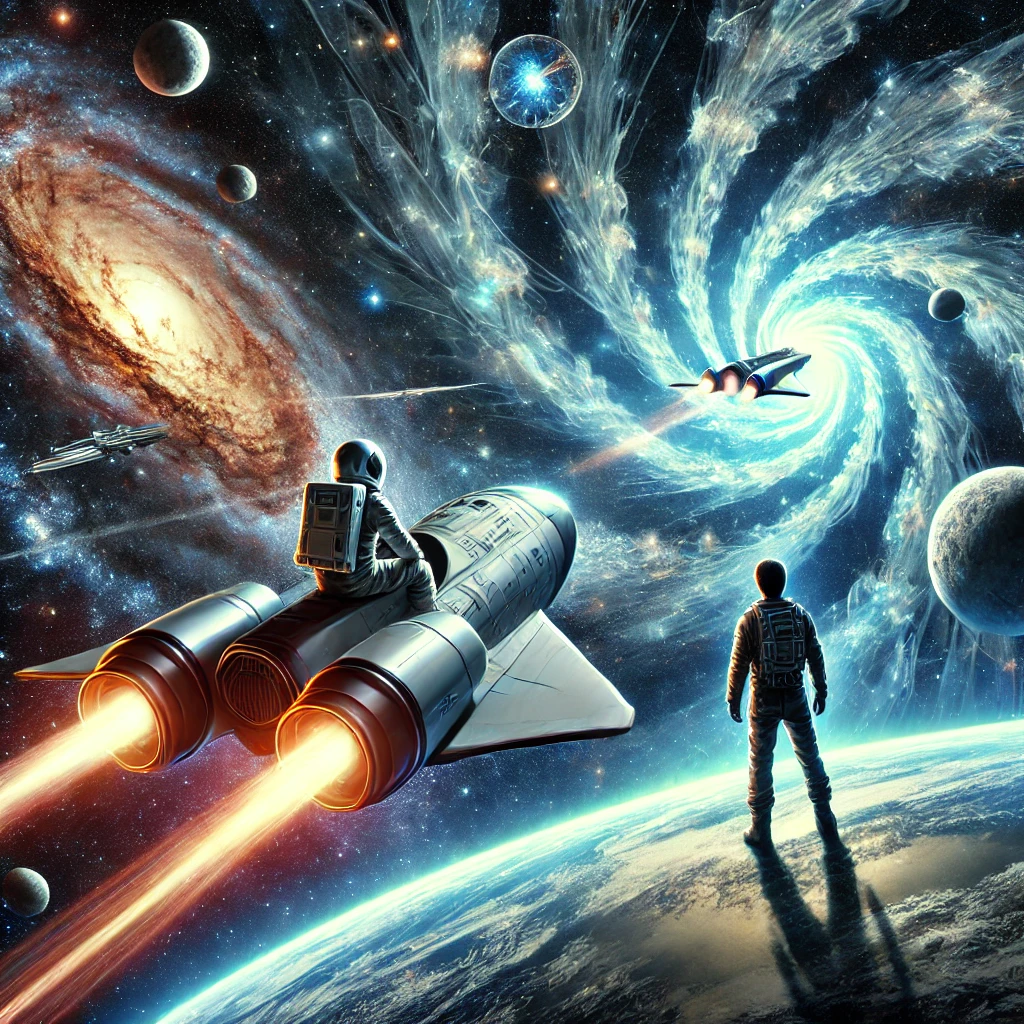
The Role of Acceleration: Breaking Symmetry
A crucial element in resolving the paradox is the traveling twin’s acceleration during the turnaround phase, which distinguishes them from their Earth-bound sibling. While both twins initially move in uniform, inertial frames, the traveling twin’s acceleration breaks this symmetry, turning their frame non-inertial. This change is significant because special relativity’s time dilation formulas apply strictly to inertial frames. During acceleration, the traveling twin experiences a shift in simultaneity, causing them to perceive the Earth twin’s aging as advancing rapidly. This sudden shift results in the traveling twin aging less over the entire journey. The Twin Paradox illustrates how acceleration fundamentally alters the perception of time, resolving the apparent contradiction.
This concept is supported by real-world examples, such as astronauts aboard spacecraft. When a spaceship accelerates or decelerates, time dilation effects become more pronounced compared to when it moves at a constant velocity. Even in thought experiments like Langevin’s scenario, the key factor is the change in frames due to acceleration. Additionally, technologies like GPS systems must account for both velocity-based and gravitational time dilation, which include effects from accelerations. These real-world observations and technologies confirm the essential role acceleration plays in the time discrepancies illustrated by The Twin Paradox, emphasizing that non-inertial motion disrupts temporal symmetry.
Langevin’s Thought Experiment and Doppler Shifts
In 1911, physicist Paul Langevin introduced a thought experiment that dramatically illustrated time dilation. He imagined a traveler moving at a Lorentz factor of γ = 100, corresponding to a velocity near the speed of light. In this scenario, while only two years pass for the traveler, 200 years elapse on Earth. This extreme difference underscores the profound effects of relativistic speeds on time. The asymmetry between the twins’ experiences is not just theoretical; it’s a direct consequence of special relativity’s predictions. The Twin Paradox leverages such examples to demonstrate the real, measurable divergence in aging due to high-speed travel. Langevin’s thought experiment helped pave the way for deeper understanding of relativity and its implications.
Beyond time dilation, the relativistic Doppler effect explains what each twin observes during the journey. The formula, f_obs = f_rest * sqrt((1 – v/c) / (1 + v/c)), describes how the frequency of light or signals changes based on relative motion. For the traveling twin, signals from Earth appear redshifted (lower frequency) when moving away and blueshifted (higher frequency) when returning. Conversely, the Earth-bound twin experiences the same shifts in reverse. This shift in observed frequency reinforces the asymmetry in the twins’ experiences. Real-world confirmations, such as the behavior of light from fast-moving stars or spacecraft communication signals, validate these predictions. These observations align perfectly with the outcomes predicted in The Twin Paradox.
Max von Laue’s Spacetime Analysis
In 1913, physicist Max von Laue applied Hermann Minkowski’s spacetime formalism to further clarify time dilation. Von Laue demonstrated that the longest proper time occurs along a straight, unaccelerated path—the trajectory of the stay-at-home twin. In contrast, the traveling twin’s path, which includes periods of acceleration and deceleration, results in a shorter proper time. This geometric interpretation of spacetime mathematically explains why the traveling twin ages less. The worldline of the Earth-bound twin remains in a single inertial frame, while the traveler shifts between frames, shortening their proper time. The Twin Paradox uses this insight to resolve the apparent contradiction, showing that the asymmetry in aging is a natural consequence of the different spacetime paths.
This analysis is reflected in real-world experiments. Muons generated in Earth’s upper atmosphere, moving at relativistic speeds, decay more slowly than stationary muons, confirming time dilation. Additionally, precise atomic clocks flown on high-speed aircraft show measurable differences when compared to clocks left on the ground. These observations align with von Laue’s conclusions about proper time in spacetime geometry. The Earth-bound twin’s uninterrupted worldline corresponds to maximum proper time, while the traveling twin’s segmented journey leads to less aging. The Twin Paradox effectively illustrates this spacetime distinction, reinforcing that motion and acceleration directly influence how time is experienced.
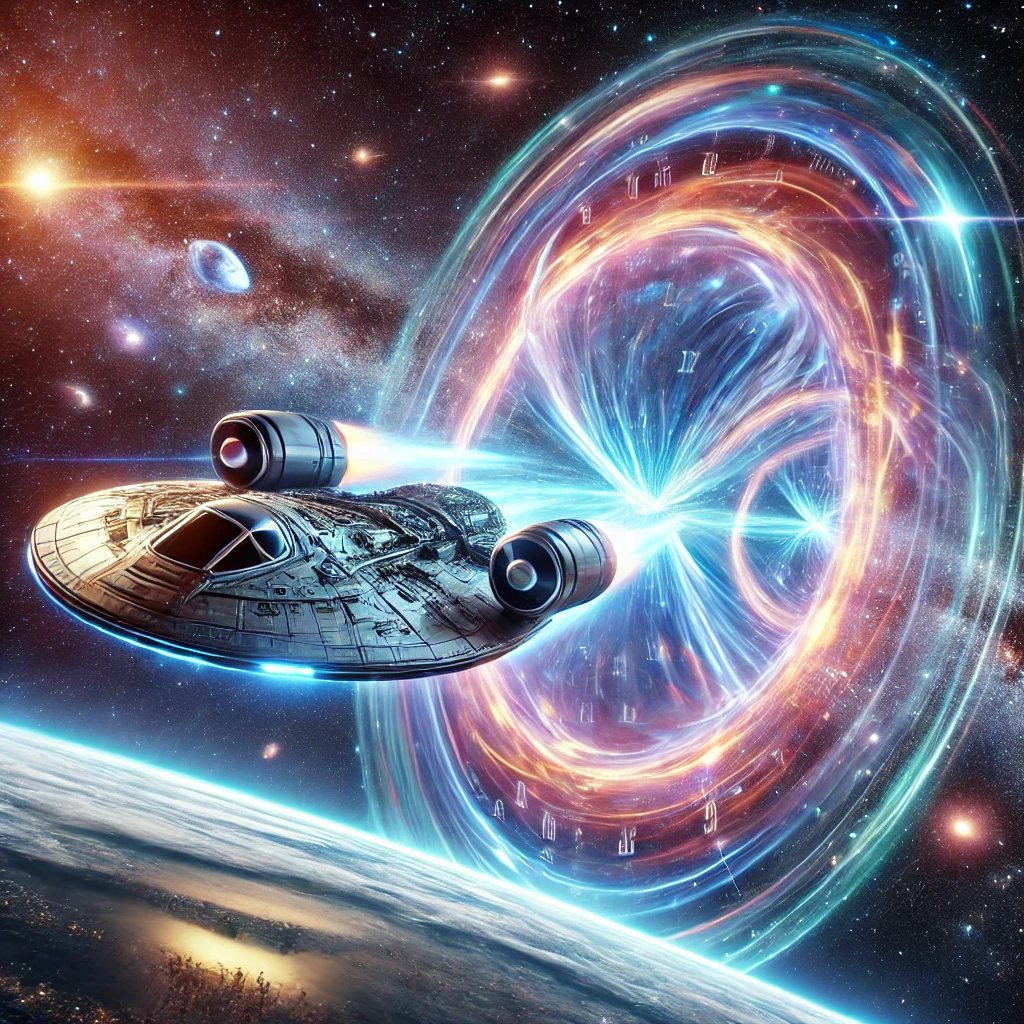
Gravitational Time Dilation and General Relativity
Albert Einstein and Max Born expanded the understanding of time dilation by applying principles from general relativity. They proposed that acceleration mimics gravitational effects, meaning an accelerating observer experiences time dilation similar to someone in a gravitational field. The equation for gravitational time dilation is t’ = t * sqrt(1 – 2GM/rc^2), where G is the gravitational constant, M is mass, r is the radial distance, and c is the speed of light. This relationship shows that time moves slower in stronger gravitational fields or under higher acceleration. In The Twin Paradox, the traveling twin’s acceleration during turnaround produces time dilation effects comparable to gravitational time dilation, contributing to the aging difference between the twins.
This concept is evident in everyday technologies and astrophysical observations. For example, GPS satellites orbiting Earth experience both velocity-based and gravitational time dilation, requiring precise adjustments to maintain accuracy. Without accounting for these effects, GPS systems would drift by several kilometers each day. Additionally, time dilation is observed near massive celestial bodies like black holes, where gravity is so intense that time significantly slows down. These real-world examples mirror the principles outlined in general relativity, reinforcing the conclusions drawn from The Twin Paradox. By linking acceleration to gravitational time dilation, Einstein and Born provided a more comprehensive explanation for the observed differences in time experienced by moving and stationary observers.
Experimental Verification: The Kelly Twins and Muon Decay
The predictions of special relativity, particularly time dilation, have been confirmed through real-world experiments. A notable example is NASA’s year-long International Space Station (ISS) mission involving astronaut Scott Kelly and his twin brother Mark, who remained on Earth. Upon Scott’s return, scientists observed that he aged 8.5 milliseconds less than Mark. This slight difference aligns with relativistic predictions due to Scott’s extended period in a high-velocity, low-gravity environment. The Twin Paradox uses similar principles to explain why the traveling twin experiences less aging. While the effect on human biology is minimal over short durations, it becomes more pronounced at higher velocities or over longer periods, highlighting the real, measurable impact of time dilation in space travel.
Muon decay experiments provide further evidence supporting special relativity. Muons are subatomic particles with a short lifespan, typically decaying in microseconds. However, when accelerated to near-light speeds in particle accelerators, muons live significantly longer due to time dilation. The observed lifetime, τ’ = τ / sqrt(1 – v^2/c^2), extends far beyond their proper lifetime τ, confirming relativistic effects. This experimental outcome mirrors the predictions of The Twin Paradox, where moving observers experience time differently from stationary ones. Additionally, muons produced in Earth’s upper atmosphere survive long enough to reach the surface due to their high speeds, offering another natural verification of time dilation. These experiments provide compelling, tangible proof of the relativistic principles underlying time dilation.
Alternative Interpretations and Absolute Frames
While Einstein’s theory of relativity dismisses the need for an absolute frame, some physicists, like Paul Langevin, speculated about its existence, drawing parallels to the outdated aether theory. In this interpretation, time dilation could be explained by an observer’s velocity relative to a universal, stationary frame. If such a frame existed, it would allow for an absolute measurement of motion and time differences. However, extensive experiments have failed to detect any absolute frame, reinforcing Einstein’s assertion that only relative motion between observers matters. The Twin Paradox illustrates this by showing that the differences in aging are fully explained by the relative velocities of the twins, without invoking any universal reference point.
Einstein’s rejection of absolute frames is supported by the Michelson-Morley experiment, which found no evidence for the aether, a hypothesized medium for light propagation. This experiment laid the groundwork for the principle that the speed of light remains constant in all frames, regardless of motion. Moreover, the success of technologies like GPS, which rely on relative motion calculations, confirms that no absolute frame is needed for accurate timekeeping. The Twin Paradox exemplifies this principle, demonstrating that time dilation results purely from the relative speeds and acceleration of the twins. By eliminating the need for a universal frame, Einstein’s theory simplified our understanding of space, time, and motion.
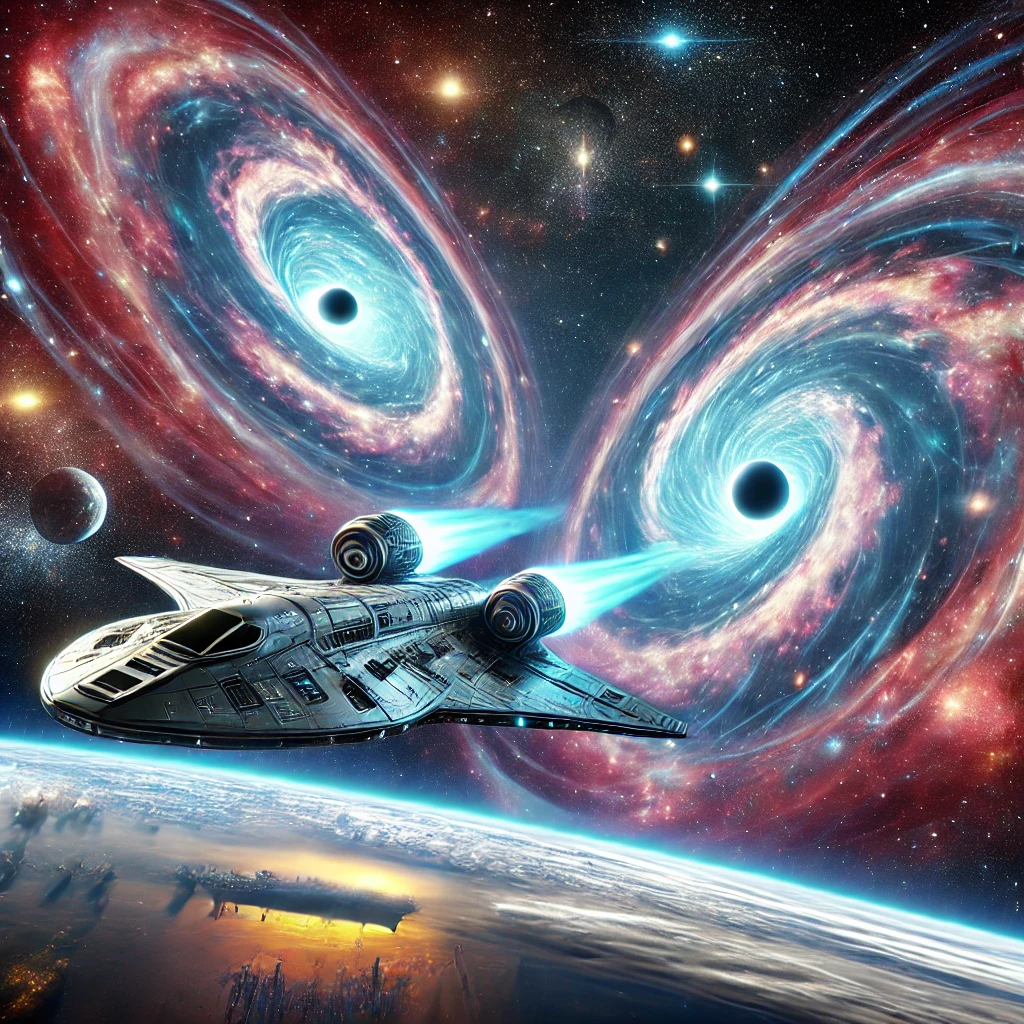
A Rotational Version of the Twin Paradox
A rotational variation of the famous thought experiment involves one twin orbiting a massive object in a space station, while the other remains stationary, hovering at a fixed point. The orbiting twin experiences time dilation due to their high velocity around the object. When the twins reunite, the orbiting twin is younger because time passed more slowly for them. This effect is governed by the formula t’ = t * sqrt(1 – v^2/c^2), where t’ is the dilated time, v is the orbital velocity, and c is the speed of light. This rotational scenario mirrors The Twin Paradox and demonstrates how velocity-induced time dilation occurs even in circular orbits.
Real-world examples reinforce this rotational version. The Global Positioning System (GPS) satellites orbit Earth at high velocities, experiencing time dilation due to both their speed and gravitational effects. Their onboard atomic clocks tick more slowly compared to those on the ground. To maintain accurate positioning data, GPS systems must account for these relativistic discrepancies. Similarly, astronauts on the International Space Station, which orbits Earth at high speeds, age slightly slower than people on the surface. These practical examples support the principles highlighted in The Twin Paradox, showing that rotational motion, like linear motion, leads to measurable differences in the passage of time.
Conclusion: Understanding the Twin Paradox
Though seemingly paradoxical, the scenario of differing twin ages is a straightforward outcome of special relativity. The key lies in understanding the distinct spacetime paths each twin follows. The traveling twin’s acceleration at the turnaround point breaks the symmetry, making their journey fundamentally different from that of the stationary twin. Minkowski spacetime geometry shows that the traveling twin’s worldline is shorter, resulting in less proper time experienced. Experimental evidence, like the aging differences observed in astronauts and particle decay experiments, confirms these predictions. The Twin Paradox remains one of the most compelling demonstrations of time dilation, highlighting how motion and acceleration influence the passage of time in profound, measurable ways.
Beyond theoretical insights, the implications of time dilation extend into everyday technologies and scientific exploration. GPS systems must account for both gravitational and velocity-induced time dilation to provide accurate positioning. High-speed particle experiments consistently show extended lifespans for fast-moving particles, aligning with relativity’s predictions. Even space missions, such as those aboard the International Space Station, provide measurable differences in aging compared to Earth-bound individuals. These real-world applications and experimental validations solidify the principles illustrated by The Twin Paradox. By exploring these relativistic effects, scientists continue to deepen our understanding of time, space, and the fabric of the universe itself.
How useful was this post?
Click on a star to rate it!
Average rating / 5. Vote count:
No votes so far! Be the first to rate this post.
Author
-
Meet Dr. Kendall Gregory, a highly accomplished professional with a remarkable academic background and a deep passion for empowering individuals through knowledge. Dr. Gregory’s educational journey began with a Bachelor of Science degree, followed by a Doctor of Chiropractic Medicine, focusing on diagnosing and treating musculoskeletal conditions. He further expanded his expertise with a Master's degree in Oriental Medicine, specializing in acupuncture and Chinese herbology, and a Master's degree in Health Care Administration, emphasizing his dedication to improving healthcare systems. Dr. Gregory combines his extensive knowledge and practical experience to provide comprehensive and integrative healthcare solutions. Through his writings, he aims to inspire individuals to take charge of their health and make informed decisions.
View all posts

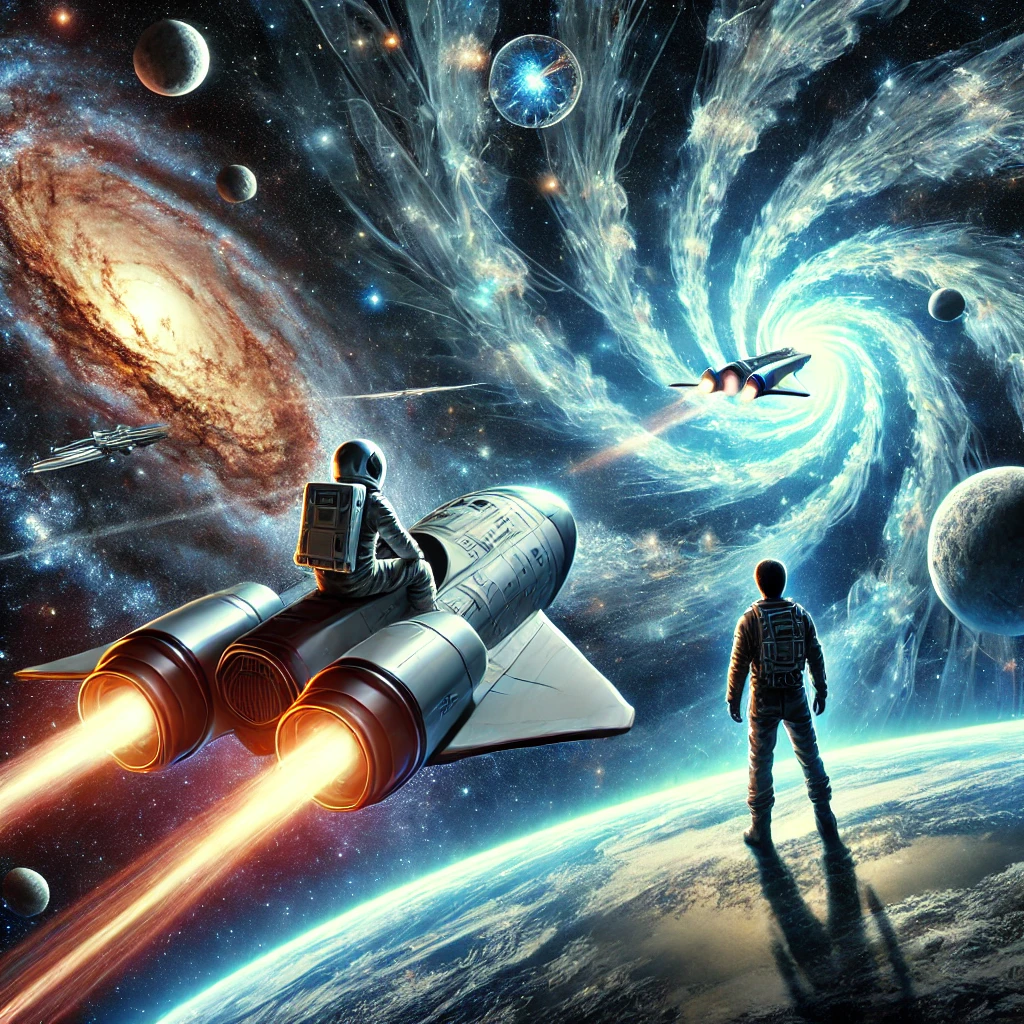

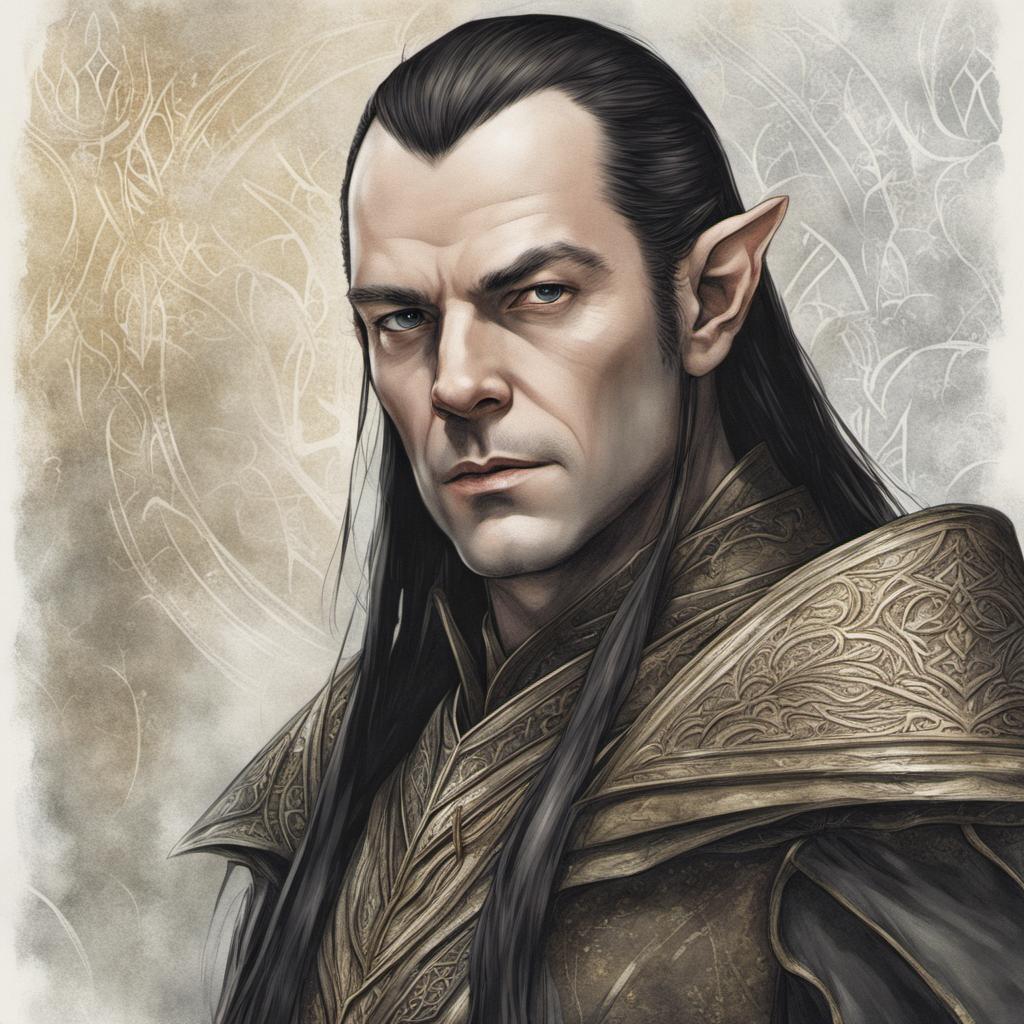

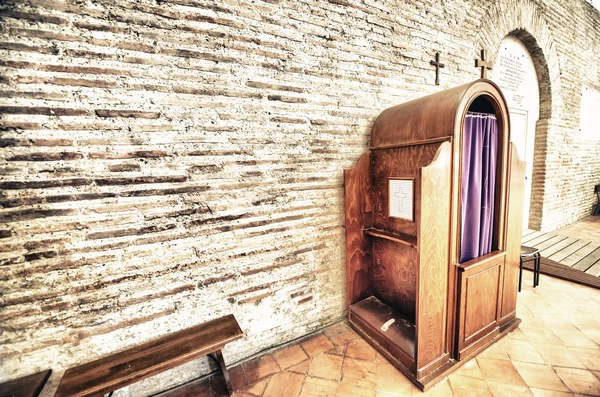


[…] confirmation of a long-theorized particle was a defining moment in modern science, proving that fundamental particles acquire mass through an invisible energy field. This […]